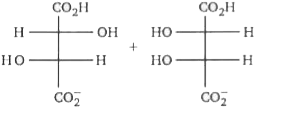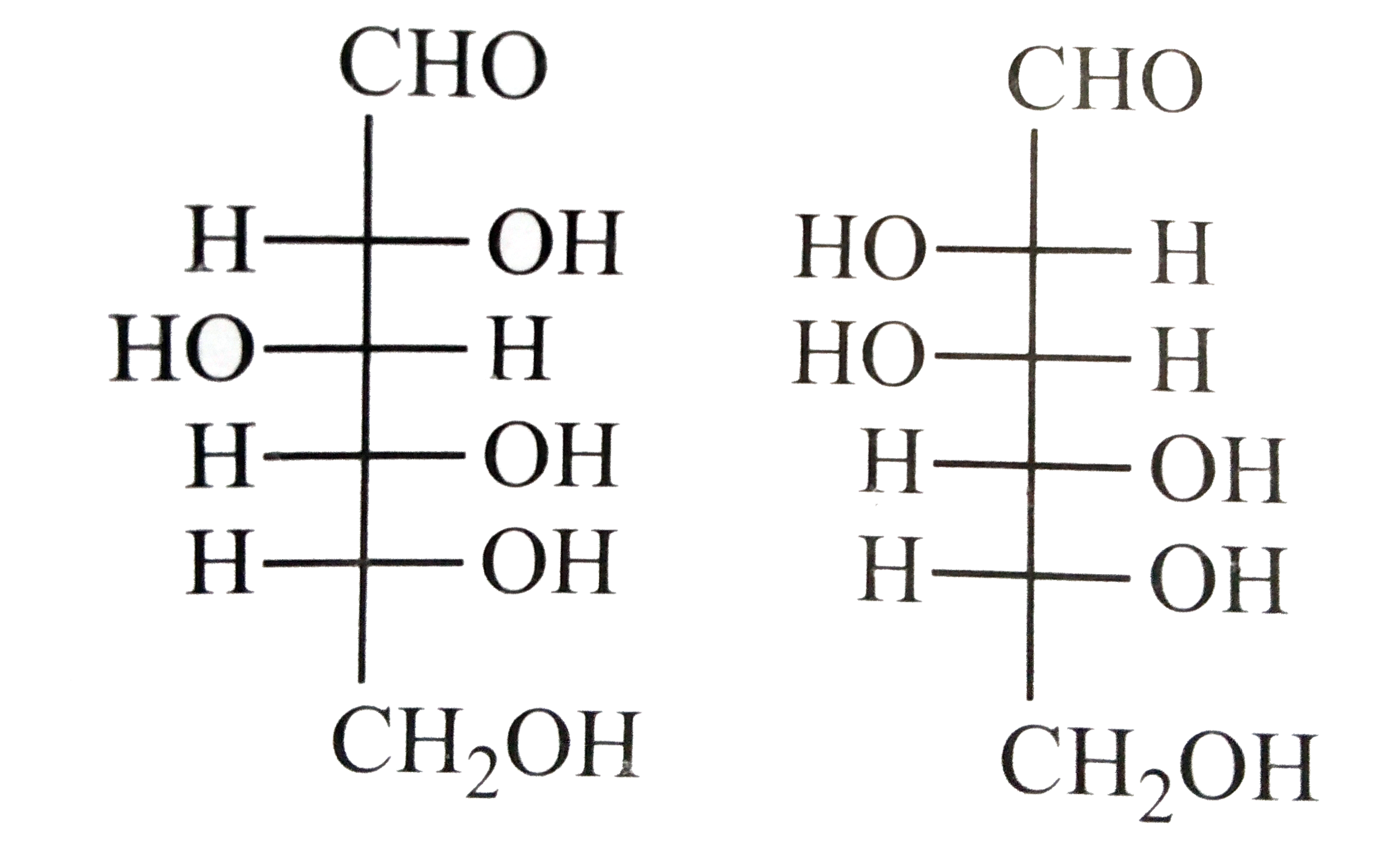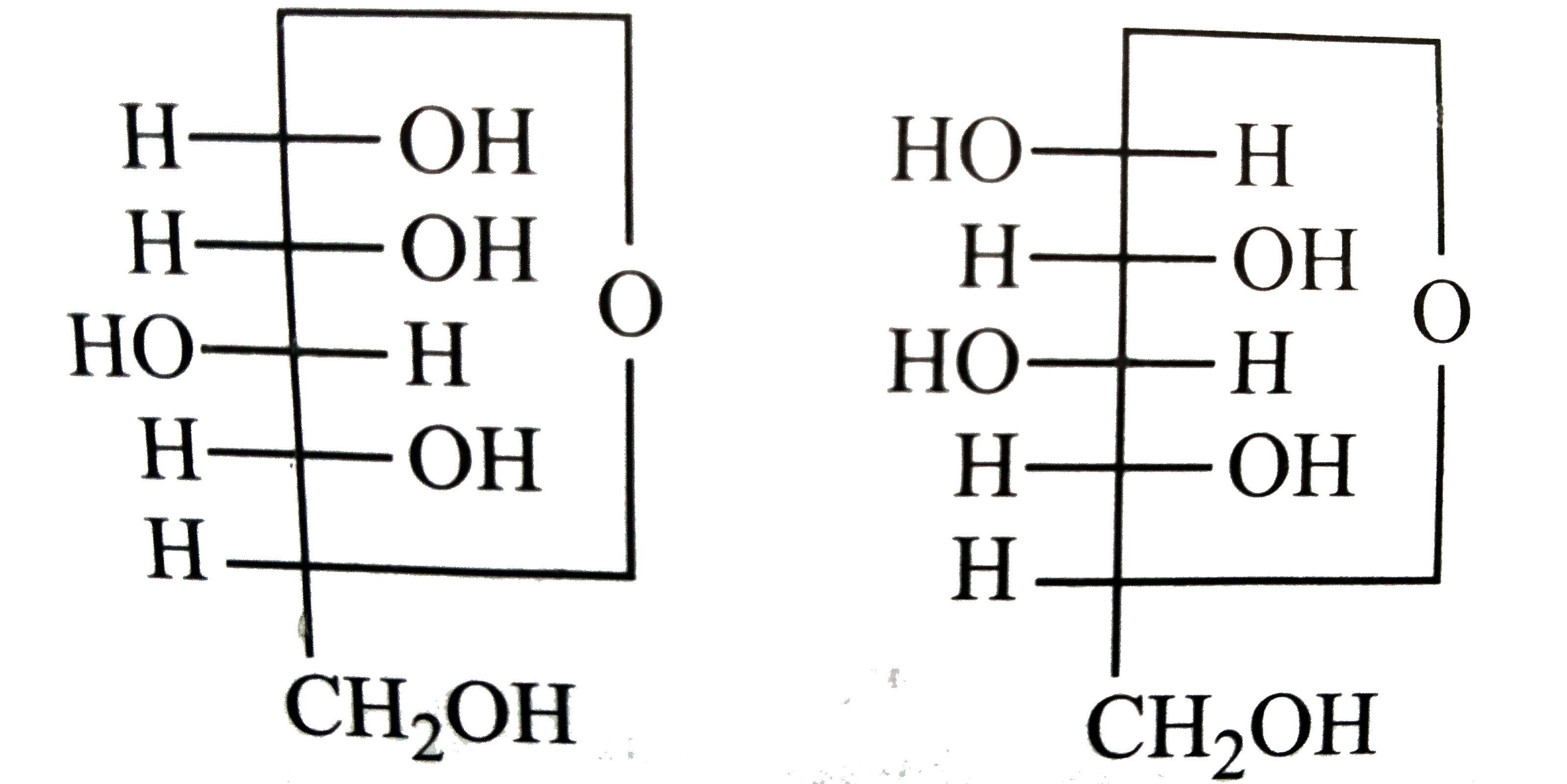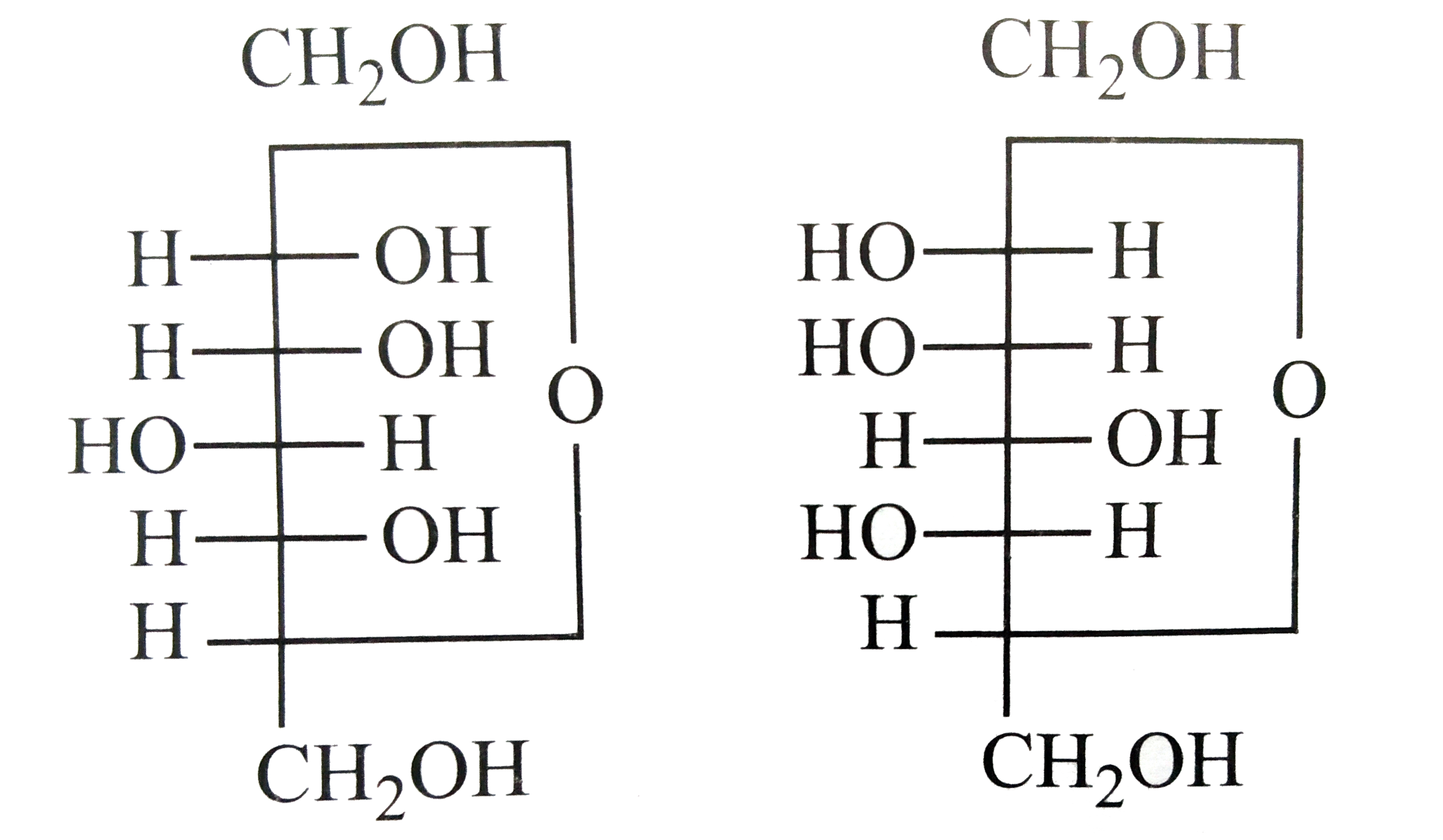Which of the following represents a pair of enantiomers?




The correct Answer is:A, B
To determine which of the given compounds represents a pair of enantiomers, we need to understand what enantiomers are. Enantiomers are a type of stereoisomer that are non-superimposable mirror images of each other. This means that they have the same molecular formula and connectivity of atoms but differ in the spatial arrangement of atoms.
1. Identify the Compounds:
- Look at the four compounds provided in the question. Write down their structural formulas if necessary.
2. Check for Chiral Centers:
- A chiral center (or stereocenter) is typically a carbon atom that is bonded to four different groups. Identify if any of the compounds have chiral centers.
3. Analyze the Spatial Arrangement:
- For the compounds that have chiral centers, examine the arrangement of the substituents around the chiral carbon.
4. Determine Mirror Images:
- For each pair of compounds, check if one compound is the mirror image of the other. This can be done by visualizing or drawing the mirror image of the compound.
5. Identify Non-Superimposable Pairs:
- Confirm if the mirror images are non-superimposable. If they cannot be aligned perfectly on top of each other, they are enantiomers.
6. Eliminate Homomers:
- If two compounds have the same spatial arrangement (i.e., they are on the same side), they are not enantiomers but rather diastereomers or identical.
7. Select the Correct Pair:
- From the analysis, select the pair of compounds that are enantiomers.
Conclusion:
Based on the analysis, the first and second options represent pairs of enantiomers because they have chiral centers with substituents arranged in opposite configurations.
- Look at the four compounds provided in the question. Write down their structural formulas if necessary.
- A chiral center (or stereocenter) is typically a carbon atom that is bonded to four different groups. Identify if any of the compounds have chiral centers.
- For the compounds that have chiral centers, examine the arrangement of the substituents around the chiral carbon.
- For each pair of compounds, check if one compound is the mirror image of the other. This can be done by visualizing or drawing the mirror image of the compound.
- Confirm if the mirror images are non-superimposable. If they cannot be aligned perfectly on top of each other, they are enantiomers.
- If two compounds have the same spatial arrangement (i.e., they are on the same side), they are not enantiomers but rather diastereomers or identical.
- From the analysis, select the pair of compounds that are enantiomers.
Based on the analysis, the first and second options represent pairs of enantiomers because they have chiral centers with substituents arranged in opposite configurations.
Similar Questions
Knowledge Check
A pair of enantiomers is:
Aa pair of non superimposable mirror image of each otherBa pair of superimposable image of each otherCalways optically active if one is dextrorotatory then other will be laevorotatory by same magnitudeDcompounds having same boiling pointsWhich of the following pair represent pair of diastereomers ?
AMeso tartaric acid and (l) tartaric acidB C
C DAll of these
DAll of theseWhich of the following pairs represents anomers ?
A B
B C
C D
D
Write formulae for all the isomers of each of the following. Designate pairs of enantiomers and achiral compounds where they exist.
a. 1-Bromo-4- chlorocyclohexane
b. 1-Bromo-3-chlorocyclohexane
c. 1-Bromo-2- chlorocyclohexane
View SolutionWhich of the following pairs represents anomers?
View SolutionWhich of the following pairs represents isobars?
View SolutionWhich of the following represent correct pair of homologous ?
View SolutionWhich of the following represents the conjugate pair of NH3?
View Solution